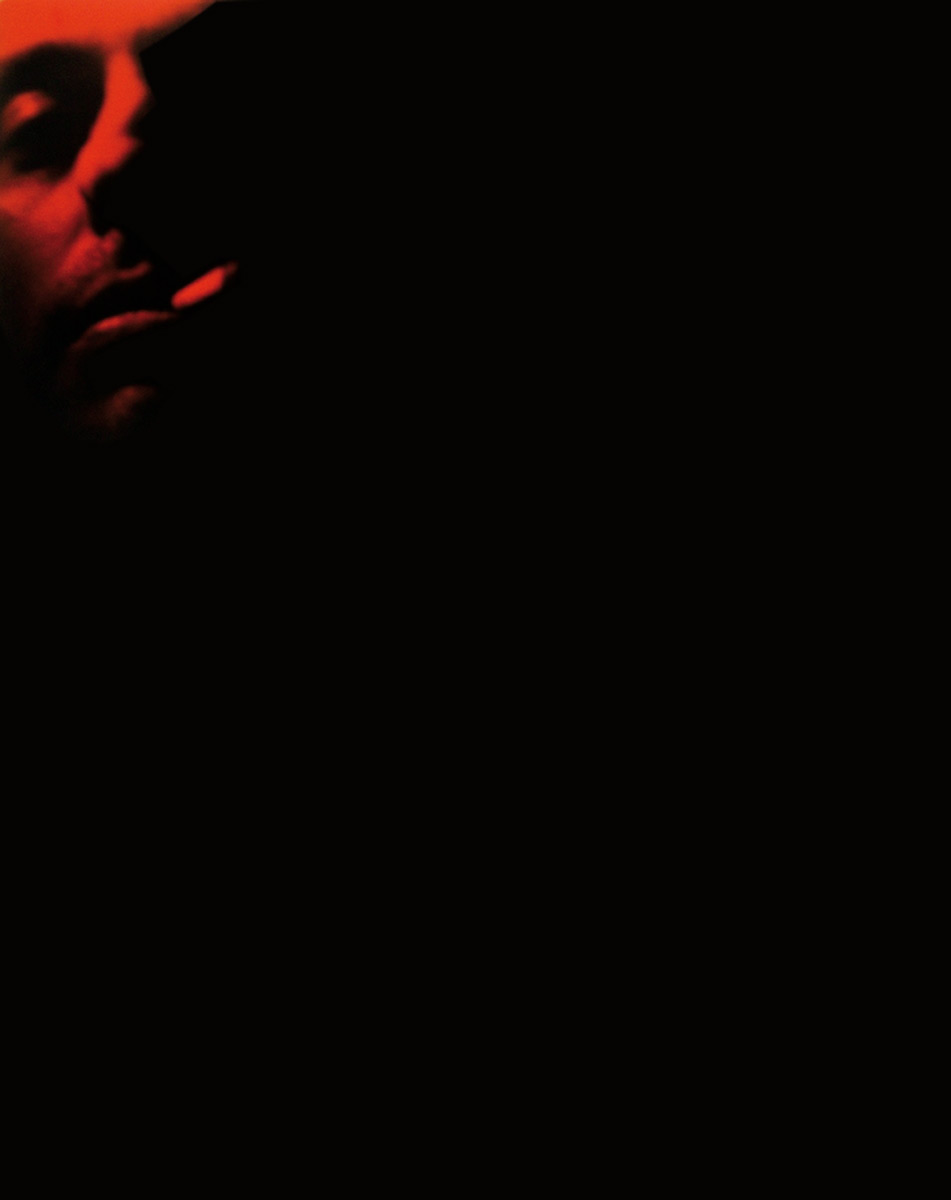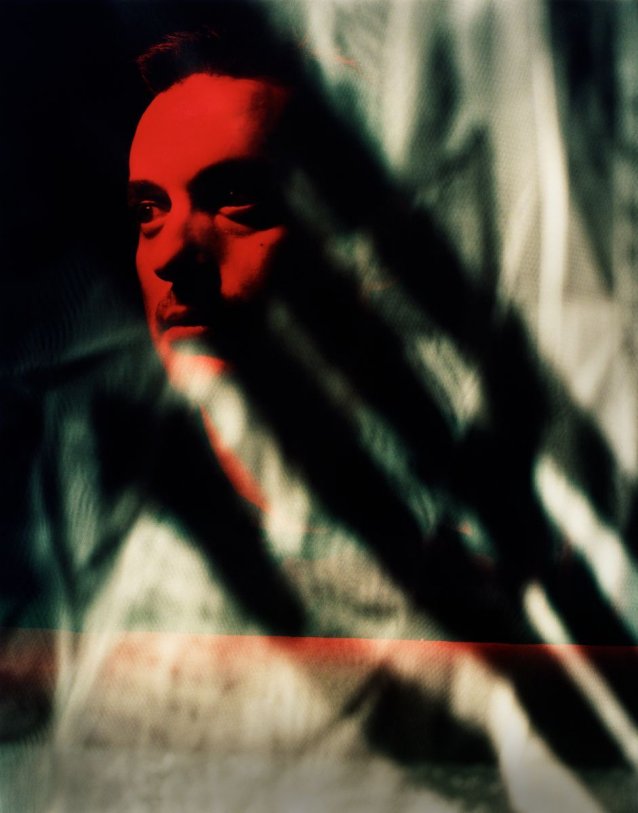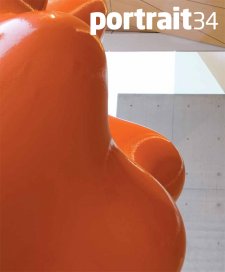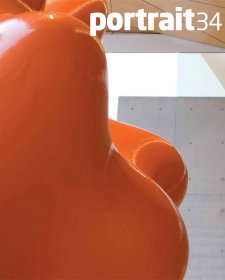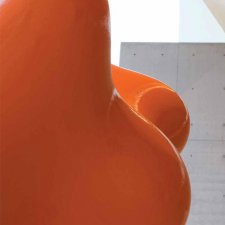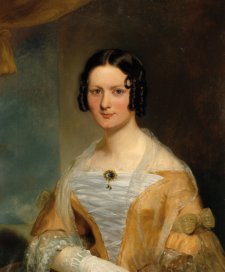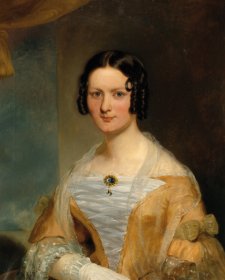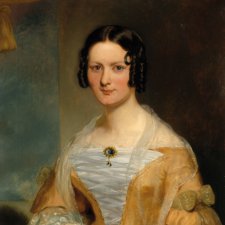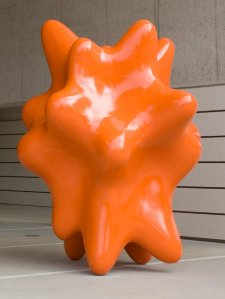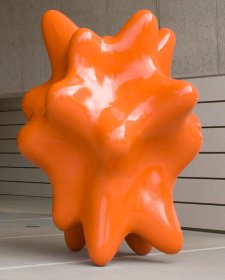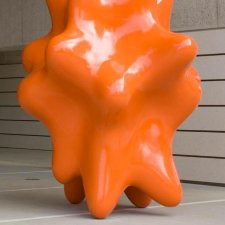‘I wanted to give voice to how frustrating, how tortuous the straightjacket of conforming sexuality and gender could be, regardless of whether the norms applied were patriarchal or feminist, heterosexual or gay.’ This is Christos Tsiolkas reflecting on his first novel Loaded (1995) in a recent interview with Michael Williams in Meanjin journal.
Loaded is a powerful portrayal of a concentrated moment in the life of nineteenyear- old Greek Australian, Ari – the expectations of family clashing with Ari’s bold identity and non-conformist and raw masculinity. The complexities of contemporary Australian identity have remained central to Tsiolkas’s work.
Tsiolkas’s 2008 novel The Slap has sold over 50 000 copies and has won several awards including the Commonwealth Writers’ Prize. The book was long-listed for the Miles Franklin Award, and is being made into a television series for ABC TV with Tsiolkas as Associate Producer and Story Consultant. The Slap weaves narratives told from the viewpoints of eight different characters, revolving around an incident at a suburban backyard barbecue where a toddler is slapped by an adult who is not his parent. The book deals forcefully with issues of race and class in middle-class Australia. ‘It’s a series of questions being posed by the narrative and the choices that these characters make about questions of discipline, about questions of trust, about questions of care. And I, as Christos Tsiolkas the man, have no set answers to those questions. I do, however, have really firm opinions. That’s the process of engagement that I want readers to have. I want them to start responding to those questions, independent of what I think.’
